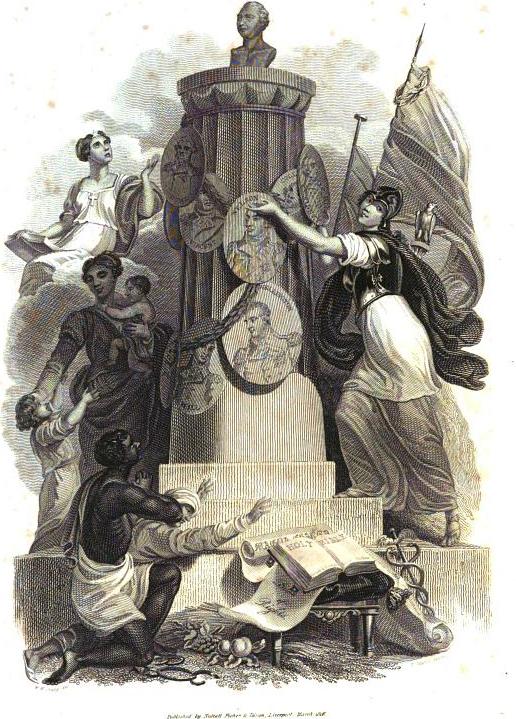 Last fall, the American Historical Association’s (AHA) released a grim report on the steep decline in the number of students majoring in history: Between 2008 and 2017, the number of history degrees conferred dropped by more than 10,000. Since 2011 alone, the drop has been thirty percent—the largest decrease of any major in the same time frame. Since this report, much ink in the academic press has been devoted towards lamenting this trend. Sad as it is, the causes of this precipitous drop are more important to understand. Ultimately at issue are the predictable consequences of both social forces and self-inflicted wounds.
Last fall, the American Historical Association’s (AHA) released a grim report on the steep decline in the number of students majoring in history: Between 2008 and 2017, the number of history degrees conferred dropped by more than 10,000. Since 2011 alone, the drop has been thirty percent—the largest decrease of any major in the same time frame. Since this report, much ink in the academic press has been devoted towards lamenting this trend. Sad as it is, the causes of this precipitous drop are more important to understand. Ultimately at issue are the predictable consequences of both social forces and self-inflicted wounds.
The allure of initial higher earnings from STEM or even professional-track degrees is very real. Exercise science, for instance, has experienced the largest increase in majors since 2011. Perceptions about the labor market are not entirely to blame, however. STEM majors are structured and orderly. Science looks serious and acts seriously. History can hardly say the same.
“Science looks serious and acts seriously. History can hardly say the same.”
The AHA’s incoming chair made an astute diagnosis, “the major lacked coherence or a logical path.” Incoherence in the history major reflects and amplifies the larger problem of the vast cafeteria line of courses that has replaced thoughtfully constructed general education requirements. The late Elizabeth Capaldi Phillips and I examined this problem in a wider curricular context in The Cost of Chaos in the Curriculum. We found one institution with 1,538 courses that satisfied Humanities and Social Science requirements, and another with 1,518.
Like other branches of the humanities, history has sacrificed academic integrity to the faddish and the trendy. Foundational requirements, including the study of American history and basic proficiency in a foreign language, are largely gone. Fellow historian Niall Ferguson eloquently warned about this trend in a 2016 speech, explaining why history is “suffering a decline and fall, and faster than Gibbon’s Roman Empire.” He tabulated the number of times that topics such as the American Revolution, the Industrial Revolution, and World War II appeared in the New York Times (answer: 2,925) in comparison to their exceedingly scant representation in the courses provided at Harvard, Stanford, and Yale. His answer: “. . . undergraduates looking to increase their familiarity with publicly significant topics in modern history would be justified in feeling shortchanged.” Indeed.
In addition to losing its structure, history has been losing its substance. Classes like “Sex in the French Revolution” can stand in lieu of a study of the French Revolution based on wider political, economic, and social forces that leads to more mature and universal understanding. And the cafeteria line of courses that fulfill history majors has yet stranger and hyper-specialized options: “Modern Addiction: Cigarette Smoking in the 20th Century,” “Lawn Boy Meets Valley Girl,” “Mad Men and Mad Women,” “History of the Supernatural.” Parents spending $250,000 to see a child through college might well wonder whether such courses add value commensurate with their exorbitant cost.
“Classes like ‘Sex in the French Revolution’ can stand in lieu of a study of the French Revolution based on wider political, economic, and social forces.”
The historical field needs to take a long, hard look at itself and determine how to get back on track. History departments have seemingly tried to court students with trendy course offerings and minimal requirements, but it appears that students actually want more rigorous courses of study that will impress employers. Here is the radical suggestion: return to a structured curriculum and the serious study of history’s major trends, and restore the discipline to its rightful place as a premier guide of public opinion.
 Last fall, the American Historical Association’s (AHA) released a grim report on the steep decline in the number of students majoring in history: Between 2008 and 2017, the number of history degrees conferred dropped by more than 10,000. Since 2011 alone, the drop has been thirty percent—the largest decrease of any major in the same time frame. Since this report, much ink in the academic press has been devoted towards lamenting this trend. Sad as it is, the causes of this precipitous drop are more important to understand. Ultimately at issue are the predictable consequences of both social forces and self-inflicted wounds.
Last fall, the American Historical Association’s (AHA) released a grim report on the steep decline in the number of students majoring in history: Between 2008 and 2017, the number of history degrees conferred dropped by more than 10,000. Since 2011 alone, the drop has been thirty percent—the largest decrease of any major in the same time frame. Since this report, much ink in the academic press has been devoted towards lamenting this trend. Sad as it is, the causes of this precipitous drop are more important to understand. Ultimately at issue are the predictable consequences of both social forces and self-inflicted wounds.